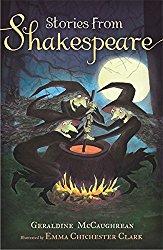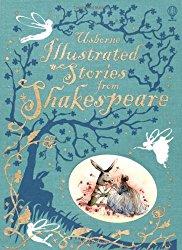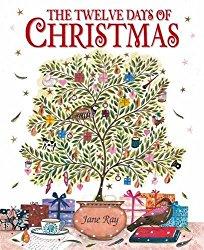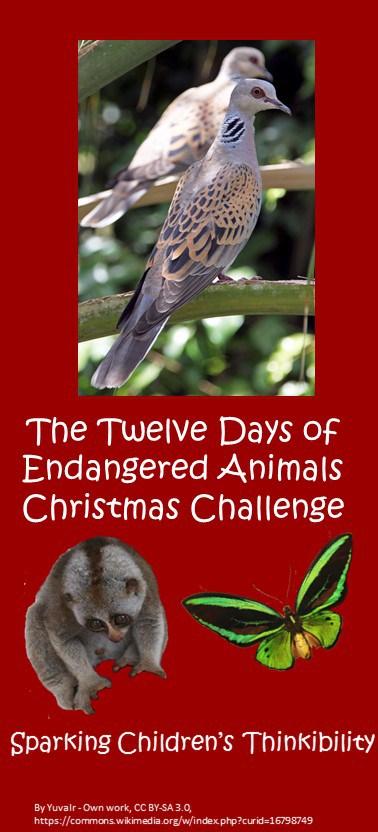
Welcome to the first challenge. A challenge filled with a dollop of fun, a spoon of seriousness and an ocean of sparking thinkibility.
On the first day of Christmas
my true love sent to me:
A Partridge in a Pear Tree
On this the first day of Christmas we may look for ideas that contain:
Facts about PartridgesPartridges are found in Europe, Asia, and parts of Africa. The grey partridge is traditionally found in lowland arable areas of Great Britain. It is a medium-sized, game bird with a distinctive orange face. But you will never find a partridge in a pear tree since they are strictly ground birds.
These birds were once common in Great Britain but the loss of hedgerows, changing farming methods, use of pesticides and lack of weeds seeds and grain have resulted in plummeting numbers of birds. Today the birds are virtually disappeared from several areas such as Northern Ireland, Wales, Somerset, Devon and Cornwall.
Why is diversity important?Tropical rainforests and coral reefs are the most biologically diverse places on our earth. And there is a relationship between biodiversity and our standard of living. Diversity is crucial if we are going to find a way to continue to enjoy different plants and animals in their natural habitants.
William Shakespeare wrote these beautiful sentences to describe the biodiversity around Stratford-upon-Avon where he lived - not far from where I now live.
I know a bank whereon the wild thyme blows
Where oxlips and the nodding violet grows
Quite canopied over with luscious woodbine
With sweet muskroses and with eglantine.
So how can we create a world where different animals and plants can live together?
Lots of things can we done to change the countryside where you can build hedgerows and stop using pesticides.
But what about in the city? Can you draw a beautiful city where tall buildings can be used to spread seeds to encourage greater biodiversity? Can you use a pear tree or pear shape to spark your thinking?
Tall buildings are not always popular in cities but what if they could help to spread seeds to encourage greater biodiversity. From a high building that is covered with wild plants, the wind can help spread seed into the environment.
The wind will carry seeds from the plants.
IdeaA pear-shaped skyscraper with a stalk with seeds and leaf-shaped solar cells. The stalk is filled with seed, when the sensors detects a bird the machine releases seeds that are suitable for the bird. Different seeds for different birds that live in the area. The seeds should be from local plants and trees.
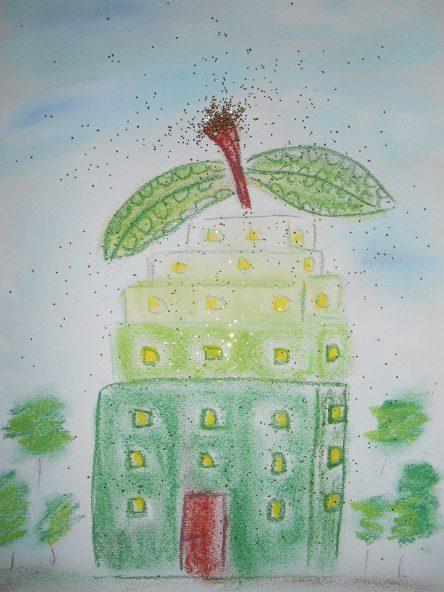
Sparking Thinkbility Book Tips
